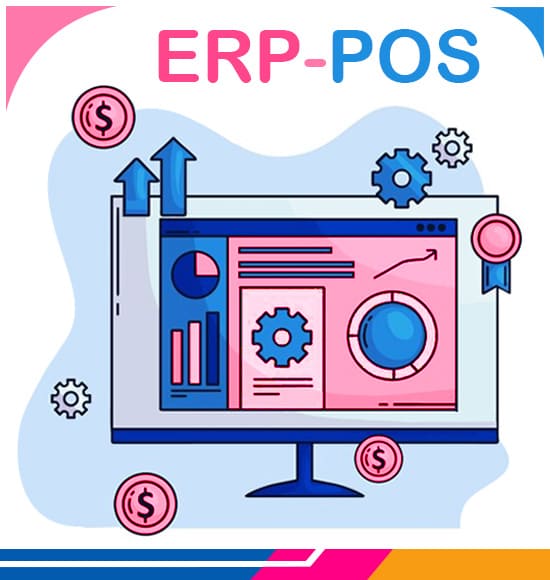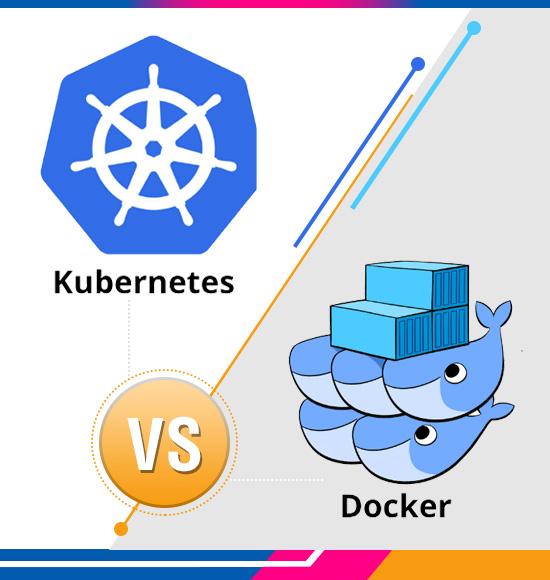Legacy System Modernization: Why Should Businesses Consider It?
Legacy modernization means updating a company’s IT systems to support its goals and processes better. Business leaders need new technologies to support innovation, fast applications, systems that connect, and platforms that bring everything together. However, most older IT systems fail to meet these modern needs. Legacy system modernization is the solution to this problem. There are three important terms to understand:
Legacy software: Legacy software refers to outdated applications that a company has depended on for years.
Legacy software modernization: This involves updating or replacing these systems, processes, and applications.
Replatforming: This means starting from scratch with the platform on which a company’s applications are built.
Not all of these options are equal. Some require a significant upfront investment, while others may cause financial losses over time.
Best approach to modernizing legacy systems
When it comes to modernizing legacy applications, the approach you choose should be determined by the specific problem you are trying to solve. For instance, a bank with part of its mainframe application built in a COBOL/CICS environment may face a skills shortage. Although the application may not have any issues, something must be done to address the shortage. In such a scenario, the management team may decide to move the application off the mainframe to an environment where there are more people available to support it.
However, the bank must evaluate various modernization options, including rehosting, re-platforming, or rebuilding the application. Each of these options has its own unique purposes, effects, values, costs, risks, and impacts. Therefore, it is essential to carefully consider all of these factors in order to determine which modernization approach is most appropriate for your specific needs.
Replacement isn’t the only option
According to Stefan van der Zijden, the research director at Gartner, application modernization is a complex process that cannot be approached as a single solution. When dealing with legacy systems, the best course of action depends on the specific challenge at hand. It is important to note that replacement should not always be considered the only option.
Remove the obstacles to digital business
Outdated legacy systems have been identified as a significant barrier to business growth and innovation. In situations where these systems have become a bottleneck, such as when there is a shortage of skilled professionals to maintain them, it is imperative to consider application modernization as a solution. By modernizing these systems, businesses can overcome these challenges and unlock new growth opportunities.
When it comes to modernizing applications, there are six different approaches that application leaders can consider to spend effectively.
- Encapsulation involves making data and functions available as services via an API while hiding the implementation specifics and knowledge behind the interface.
- Rehosting involves redeploying an application component to another infrastructure without modifying its features and functions.
- Replatforming involves migrating an application component to a new runtime platform while making minimal changes to the code.
- Refactoring involves optimizing existing code without changing its external behavior.
- Rearchitecting involves altering the application code to exploit new and better capabilities of the application platform fully.
- Rebuilding involves rewriting the application component from scratch while preserving its scope and specifications.
- Replacing involves eliminating the former application component altogether and replacing it with a new one that takes new requirements and needs into account.
Each approach has its benefits and drawbacks, and application leaders must carefully consider which approach is the most suitable for their specific modernization needs.
Upon conducting a comprehensive evaluation, it has been determined that the optimal options for the organization encountering the skills shortage issue are either to rearchitect or rebuild/replace. Rearchitecting carries a moderate level of cost and risk but is expected to produce moderate outcomes. On the other hand, rebuilding or replacing the existing infrastructure is anticipated to yield the best results, albeit with higher costs and higher risk.
Why Do You Need Software Modernization?
Digital transformation is a critical aspect of modern enterprise, but it’s not always straightforward. A study reveals that more than 40% of Chief Information Officers consider complex legacy technology a significant obstacle to true digital transformation, according to Logicalis. However, most CIOs recognize the need for legacy transformation and are starting to take steps toward legacy system modernization. This need is becoming increasingly urgent as most industries rapidly move towards a digital-first environment.
Legacy systems often lack flexibility and scalability, which can make it difficult for businesses to keep up with the rapidly changing digital landscape. This is particularly true in today’s tech-savvy market, where modern concepts like microservices, the cloud, and mobile computing are necessary. Hence, these legacy systems can often handcuff businesses with what we call legacy technical debt, which is a real problem.
Therefore, if you haven’t modernized your software yet, you most likely need to do so now or in the near future. In this context, it’s worth exploring the research on legacy systems and modernization and understanding a few specific reasons why you should consider software modernization for your enterprise.
Reasons to Consider Legacy System Modernization
Legacy software updates are crucial for organizations and enterprises to remain efficient and profitable and meet customer and stakeholder expectations. It is essential to consider modernizing legacy software for several reasons.
- Modernization can help in maintaining (or creating) a competitive advantage by building a lighter solution compared to competitors.
- It can lead to better performance, more reliable processes, and reduced risks with a better functioning system and containerized applications.
- Meeting UX and performance standards can result in more satisfied customers and happier employees.
- Transforming the IT stack into an agile and innovative platform for future change can help get ready to scale in the future.
- Modernization can keep IT infrastructure secure from external threats (and internal security breaches).
- It can introduce more straightforward integration with the host of new enterprise software, from accounting software to CRM used by thousands of businesses.
- Addressing the financial inefficiencies of legacy software can help improve the bottom line.
- Staying ahead of the enterprise software curve can help realize growth opportunities, exceed customer expectations, and reach new customers.
In a nutshell, modernizing software is not just an IT decision but a business decision. Software systems cannot be separated from business goals and outcomes. With this in mind, modernizing legacy software can help achieve business objectives, exceed customer expectations, and improve the bottom line.




